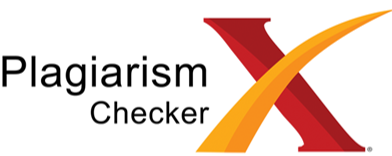PENTINGNYA EDUKASI KESEHATAN DAN PEMERIKSAAN TEKANAN DARAH DALAM MENCEGAH STROKE HEMOLITIK
Keywords:
Hypertension, , Blood Pressure, , Hemolytic Stroke, , Health Education, , Early Detection.Abstract
Hemorrhagic stroke is a severe condition caused by the rupture of blood vessels in the brain, often resulting from uncontrolled high blood pressure. Routine blood pressure monitoring is a key preventive measure to detect hypertension risk and prevent hemorrhagic stroke complications, particularly among the productive-age population. This community service activity was conducted using the Plan–Do–Check–Act (PDCA) approach, which included counseling on risk factors, promoting healthy lifestyles, and blood pressure screening for 40 productive-age individuals. The results showed that the average participant age was 43.97 years, with 47.5% identified as having hypertension. These findings highlight the need for regular preventive interventions. The high prevalence of hypertension in this age group underscores the importance of health education to improve public awareness regarding blood pressure management. Recommendations include adopting a healthy diet, engaging in regular physical activity, avoiding alcohol consumption, and maintaining routine blood pressure checks. Education and early detection play critical roles in reducing the risk of hypertension and preventing hemorrhagic stroke complications among productive-age adults.
Keywords: Hypertension, Blood Pressure, Hemolytic Stroke, Health Education, Early Detection










